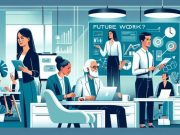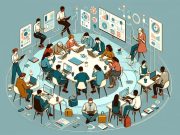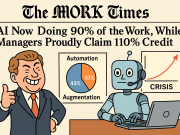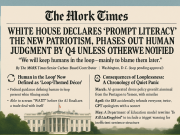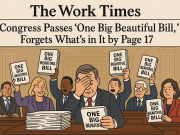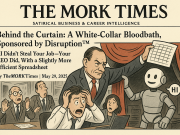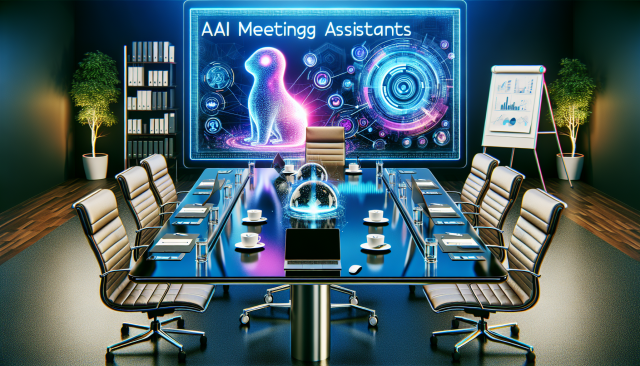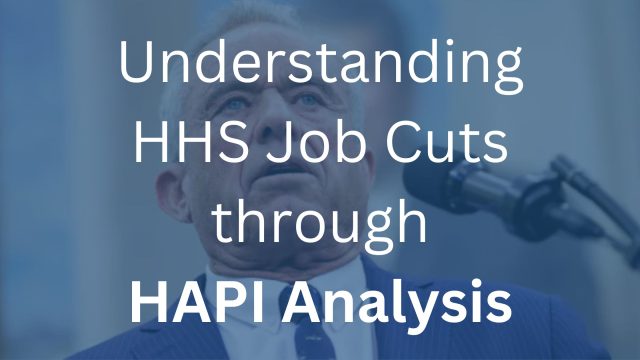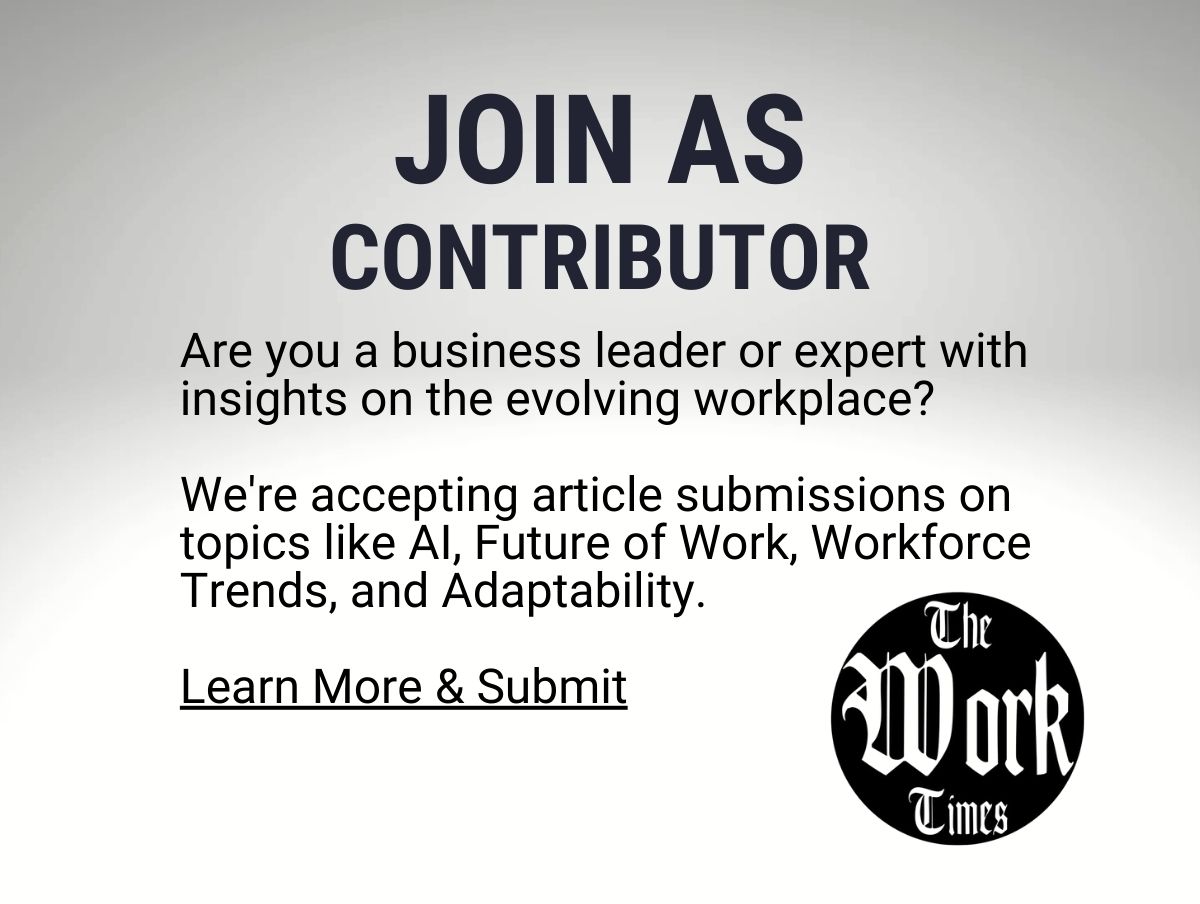Revolutionizing Meetings: How Otter.ai's AI Agents Redefine Business Conversations
Revolutionizing Meetings: How Otter.ai’s AI Agents Redefine Business Conversations
In the ever-evolving world of artificial intelligence, there has been a monumental shift in how businesses conduct their meetings, thanks to Otter.ai’s latest innovation. Introducing three pioneering AI agents, Otter.ai aims to transform the traditional meeting setup, offering a glimpse into the future where virtual assistants are seamlessly integrated into business environments.
As we step into an era where efficiency is paramount, these AI-driven agents serve as the backbone of a new paradigm in business communication. Let’s dive into how these intelligent agents are set to revolutionize our meeting experiences.
The New Age of AI-Driven Meetings
In many organizations, meetings are the backbone of collaboration and decision-making. However, they can often veer off track or become tedious. Otter.ai’s innovative AI agents intervene precisely here ensuring that meetings remain productive, focused, and collaborative.
These AI agents act as virtual assistants, not only bringing the power of human-like understanding to the table but actively participating in meetings to optimize every minute. From transcribing conversations in real-time to summarizing key points, these agents effectively become an additional team member dedicated to maximizing meeting outcomes.
Meet the Three Pioneers
Let’s explore the trio of AI agents that are set to change the way businesses engage in meetings:
- Agent Transcend: This agent is a master of transcription, capable of converting entire meetings into accurate, searchable text in real-time. By offering instant accessibility to meeting content, it ensures that no crucial detail is overlooked.
- Agent Summarize: Focused on condensing meeting discussions, this agent creates concise summaries that capture the essence of conversations. It enables participants to quickly grasp the outcomes and key points without sifting through extensive notes.
- Agent Insight: With powerful analytical capabilities, this agent identifies patterns and insights from the meetings, providing valuable feedback and recommendations that aid in informed decision-making.
A Paradigm Shift in Efficiency
The introduction of Otter.ai’s AI agents marks a significant step towards smarter, more efficient business operations. These tools not only save time but also ensure that meetings are more inclusive and accessible to all participants, regardless of their location or time zone.
By automating mundane tasks and enhancing the productivity of meetings, Otter.ai’s AI agents allow team members to focus on what truly matters generating ideas, solving problems, and driving innovation.
Looking Forward
The integration of AI into business meetings is just the beginning. As these virtual assistants continue to evolve, they promise to further enhance collaborative efforts, leading to more dynamic and effective meetings.
In this exciting new landscape, Otter.ai is not just offering tools but igniting a movement towards more intelligent and impactful business interactions. The future of meetings is here, and its powered by AI.



